Ever pay attention to how the cycles of the mind work in time with the shifting of the seasons and the meanderings of the moon? Want to know more?
In preparing to introduce you to a lovely Australian “moon gardener,” I realized that it was just about this time last year when I romanced you with a post about … Moonlight Gardening!
Lucky for you moon-lovin’ farmgirls out there, Anne Gibson (aka The Micro Gardener) puts a different spin on Mina Edison’s concept of moonlight gardening. Instead of focusing on luminous night-blooming flower gardens, Anne posts practical advice about veggie gardening in accordance with the lunar cycles.
“That may sound a little strange if you’ve never heard of it before, but if you are already familiar with your climate zone and are planting in the right season, then you may want to maximize your gardening success by working with nature’s lunar cycles,” writes Anne in her Micro Gardener blog. “And by that, I don’t mean getting outdoors with a shovel in the middle of the night!”
Well, unless, of course, you want to …
Anne explains that the moon has four phases or quarters, each lasting about seven days, and what goes on in your garden is very much influenced by these phases.
“Just as the moon influences the rise and fall of the tides, it also has a gravitational effect on the moisture in plants, the soil and water table, which is magnified at different times of the month,” she says. “The tides are highest, for example, at the time of the new and full moon when lunar gravity pulls water up. At this same time, the moon also causes moisture to rise in the earth. This is an often unknown fact by many gardeners, yet knowing when this is can help you have greater success with seed germination. If you buy or plant seed, this can save you a lot of money over time.”
While we we’re all familiar with the fact that sunlight is a determining factor of plant growth, Ann explains that moonlight has a marvelously mysterious effect as well. “As the moonlight increases (new moon and second quarter), this stimulates leaf growth. After the full moon, the moonlight decreases, putting energy into the plant roots, and the above-ground leaf growth slows down. So, this becomes a favorable time to plant your root crops because of the active root growth.”
Fascinating, yes?
You can read more about Anne’s experiences with moon cycle gardening at TheMicroGardener.com, and if you’re tempted to try it for yourself, you might want to pick up a handy Moon Calendar from her site, too.













































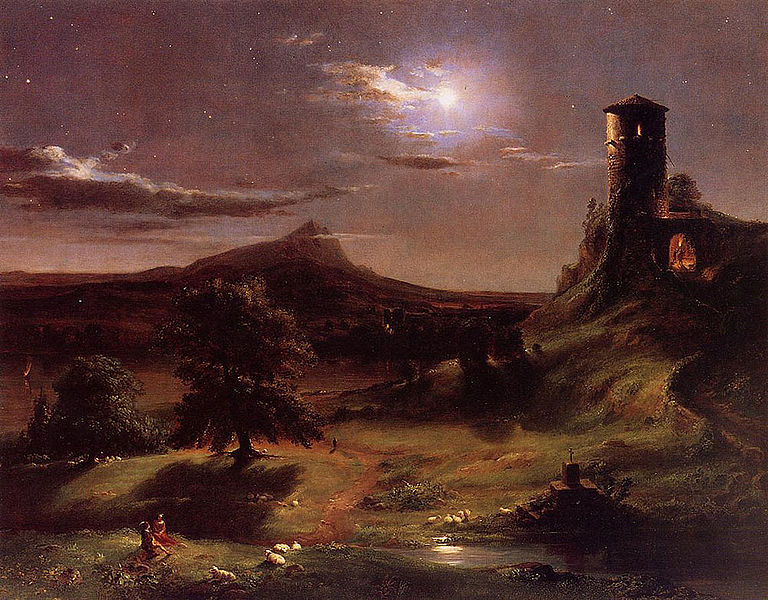

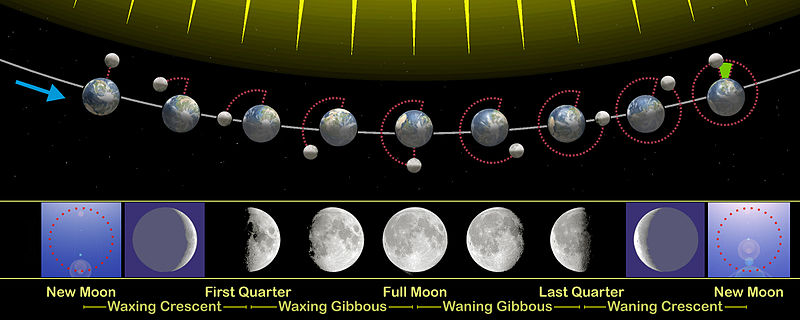
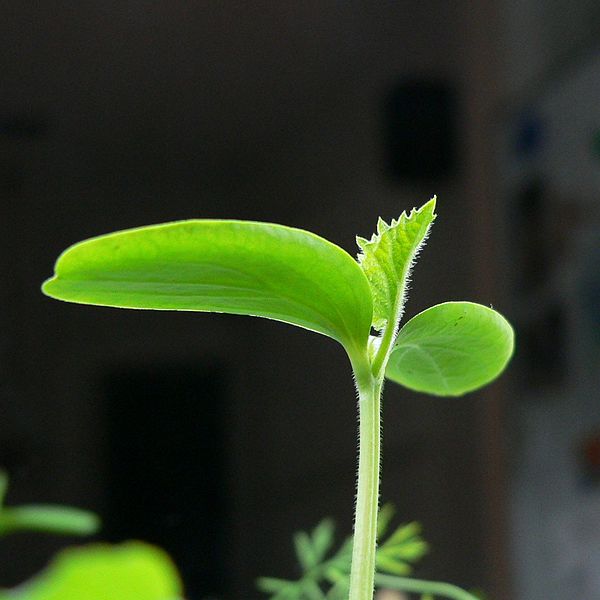
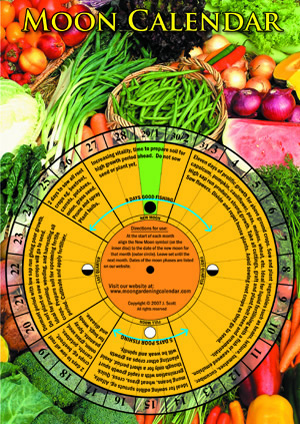


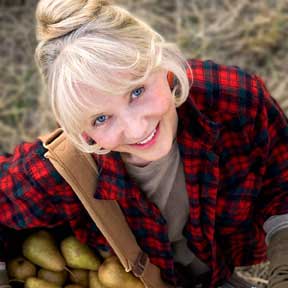

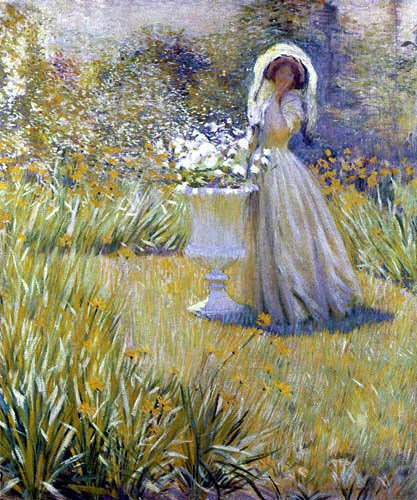
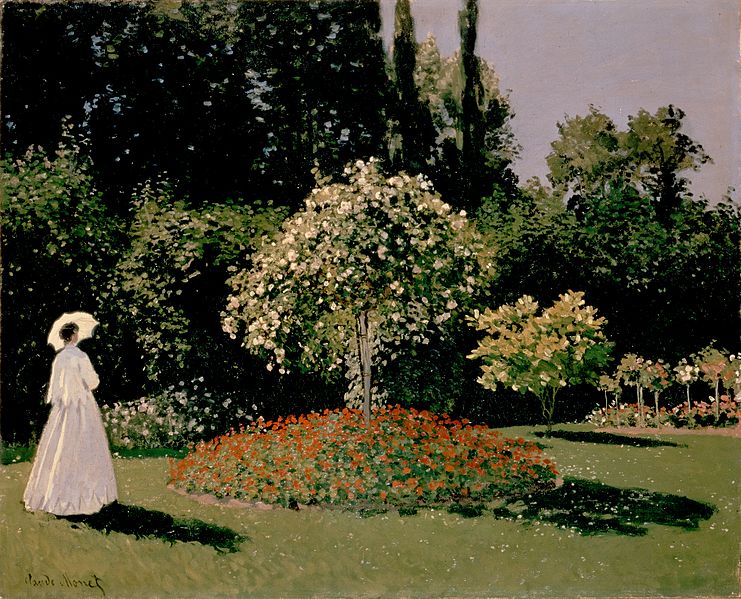
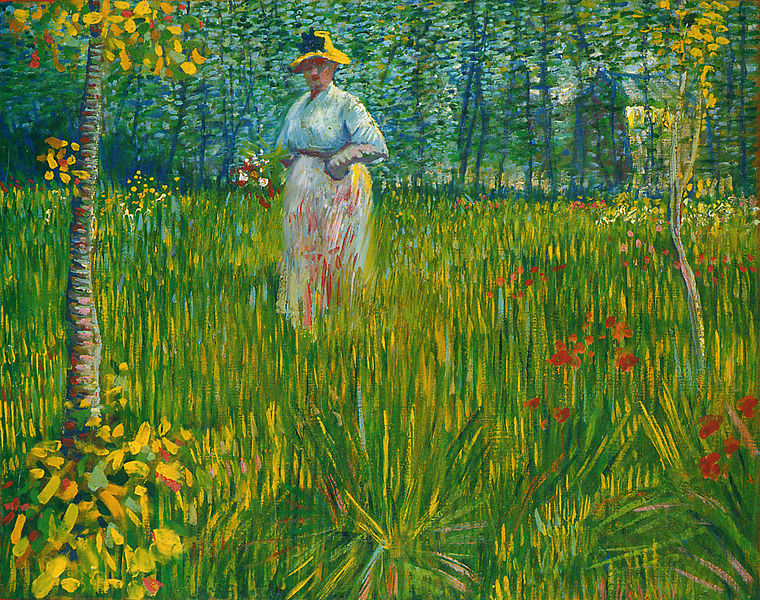
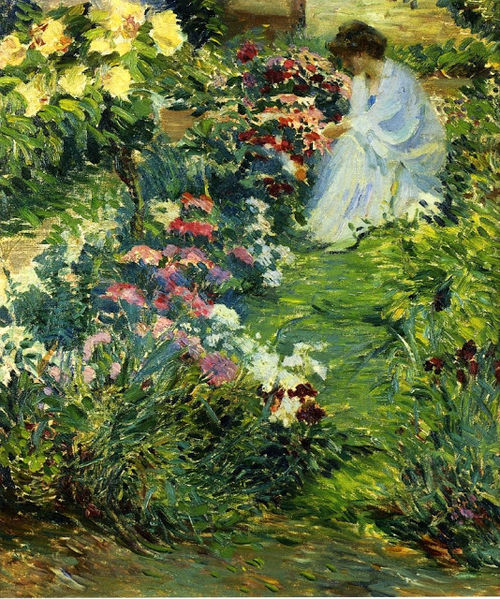
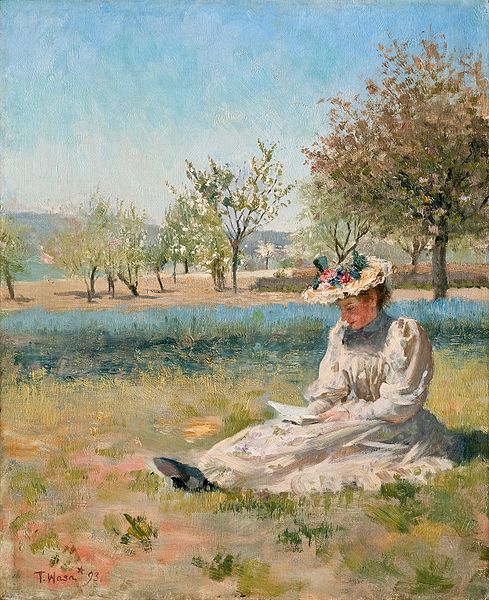


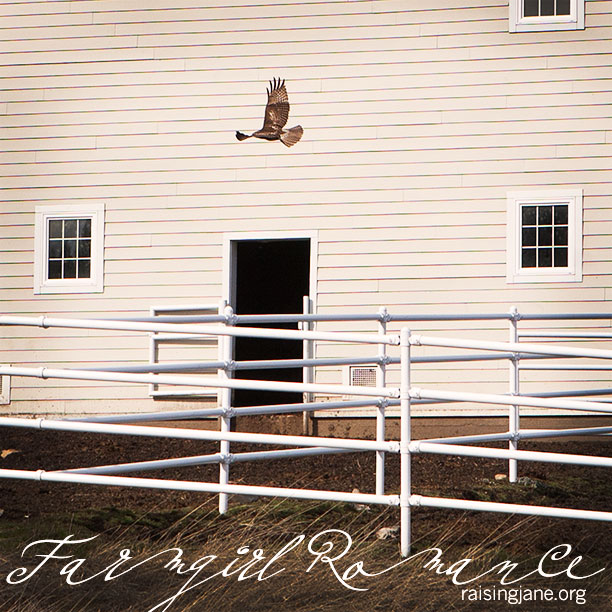

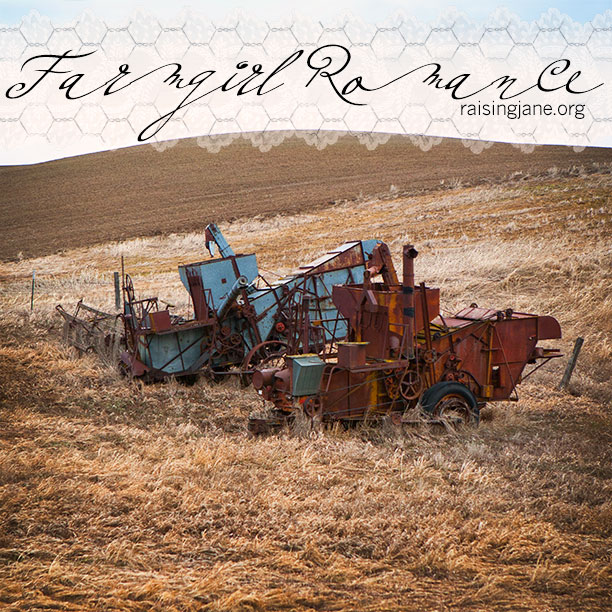

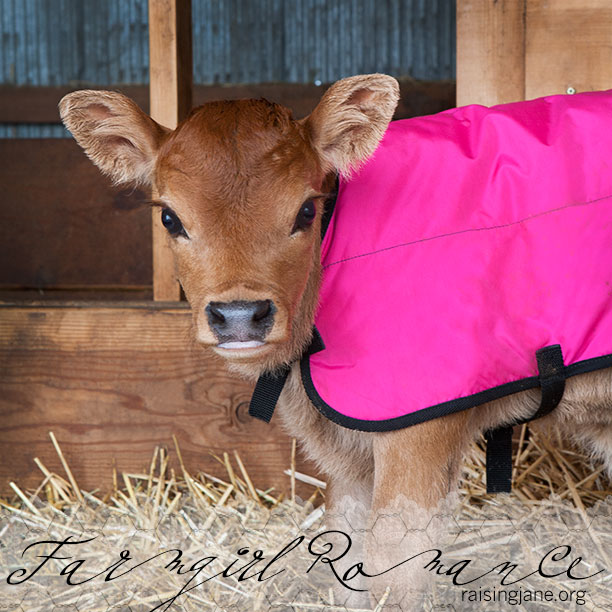

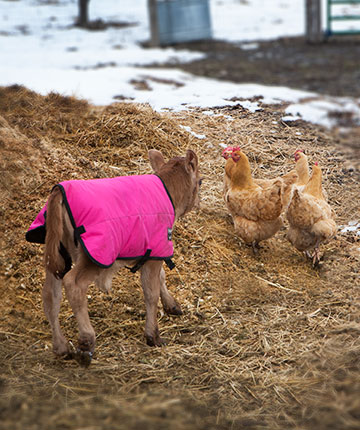

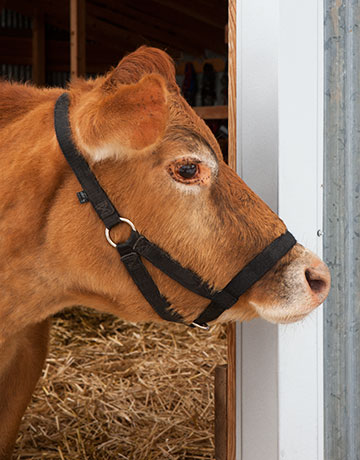
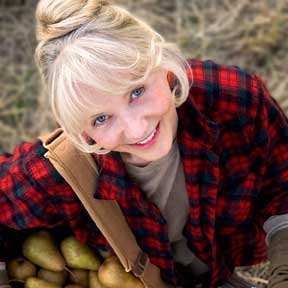
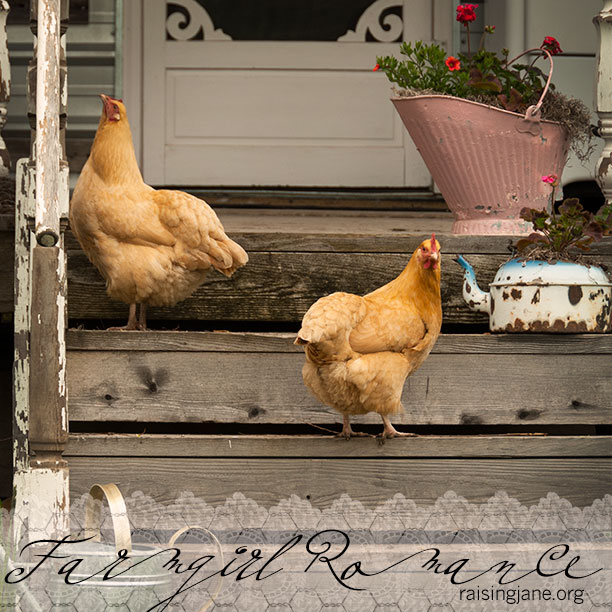








Absolutely fascinating! Lunar cycles and gardens make perfect sense when you hear what Anne has to say. Thanks for sharing this little botany science lesson today. I enjoy learning about how plants and our earth and moon all work together. Her moon calendar is really beautiful with all of the veggies and fruits in the background. It would be a nice thing to have even if you don’t have a huge garden or ag business.
My grandmother’s always did this as does my sister.
My garden mentor, Eva, swore by planting by the moon cycles. And in her 87 years she had the most marvelous and productive gardens. I have never seen such healthy and large and healthy plants. The local ” plain people”, ie Mennonites and Amish, also follow the planting by the moon. The locally published almanac, Baer’s has been giving all the moon and planet cycles since the 1800’s. The concept has been followed by generations of farmers since the Middle Ages.
Fascinating, yes!
My grandmother said the moon phases effected everything right down to her health!! We plant by the moon phases! I would love to have one of those moon calendars!!!!
Hi MaryJane
Thanks so much for helping get the word out about moon gardening. The more people that know how to work with nature’s rhythms the better! Appreciate the links back to my site and have returned the ‘link love’!
If any of your readers have questions about gardening by the moon, I’m happy to answer or try to help. Warm regards, Anne
You are most welcome Anne. LOVE what you’re doing.